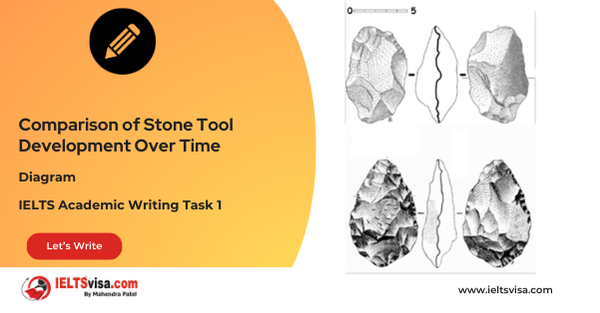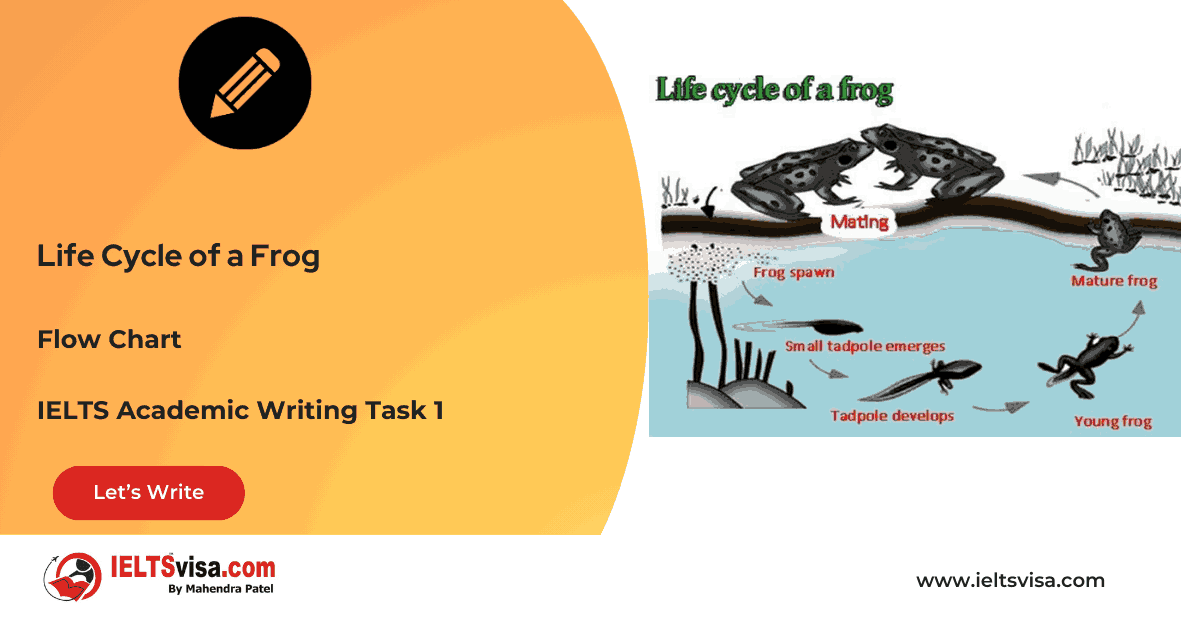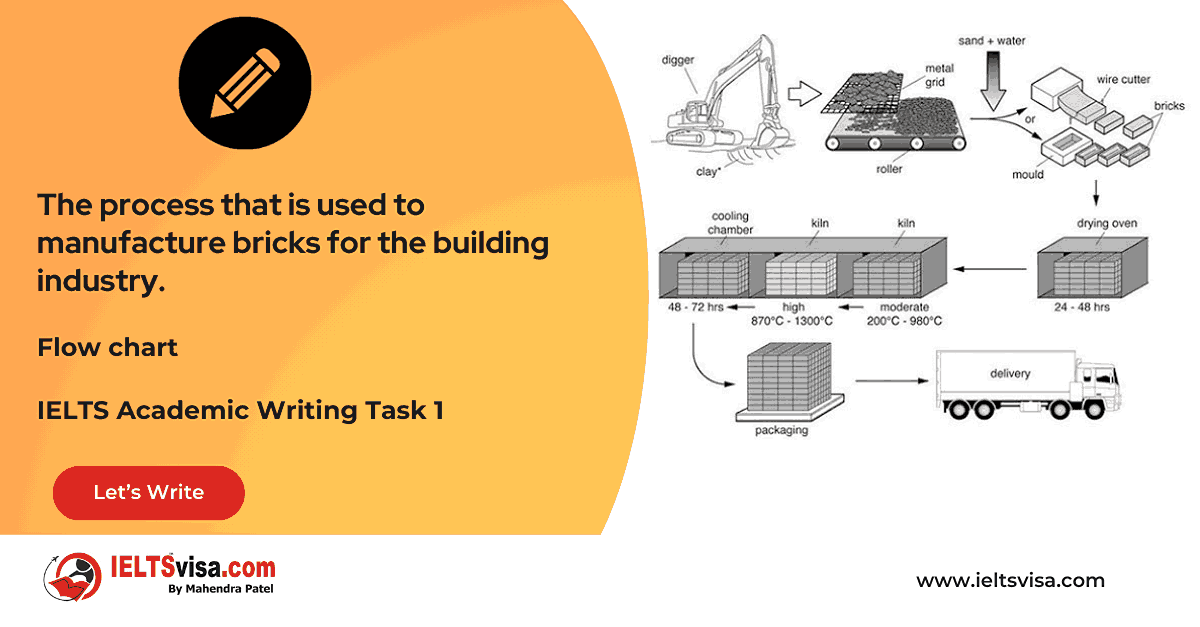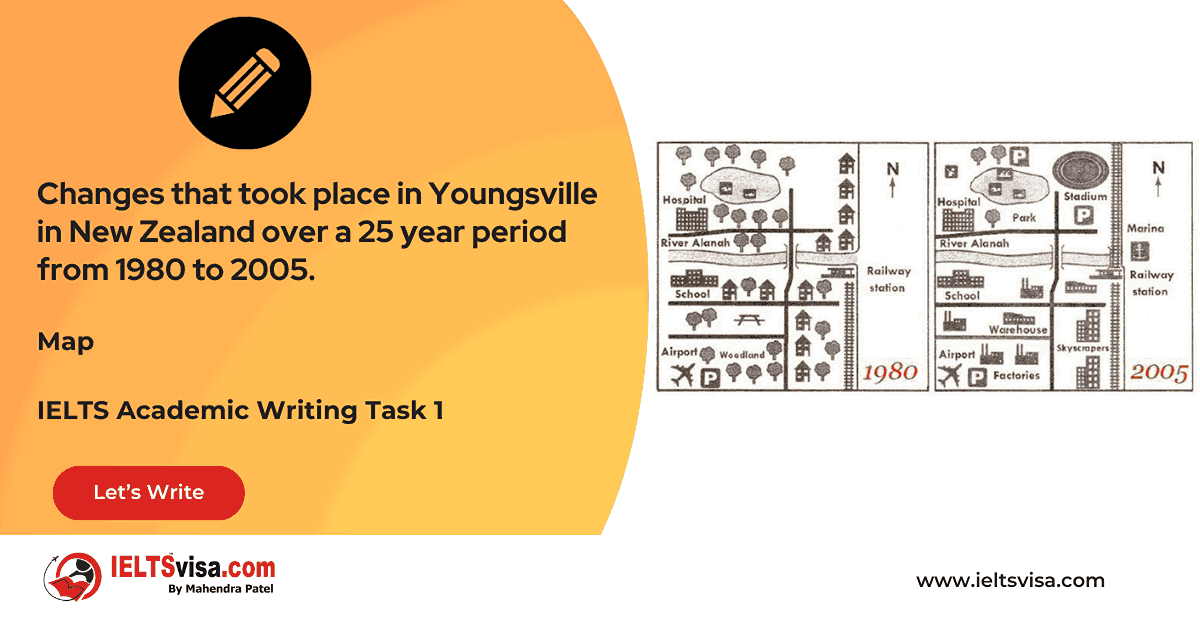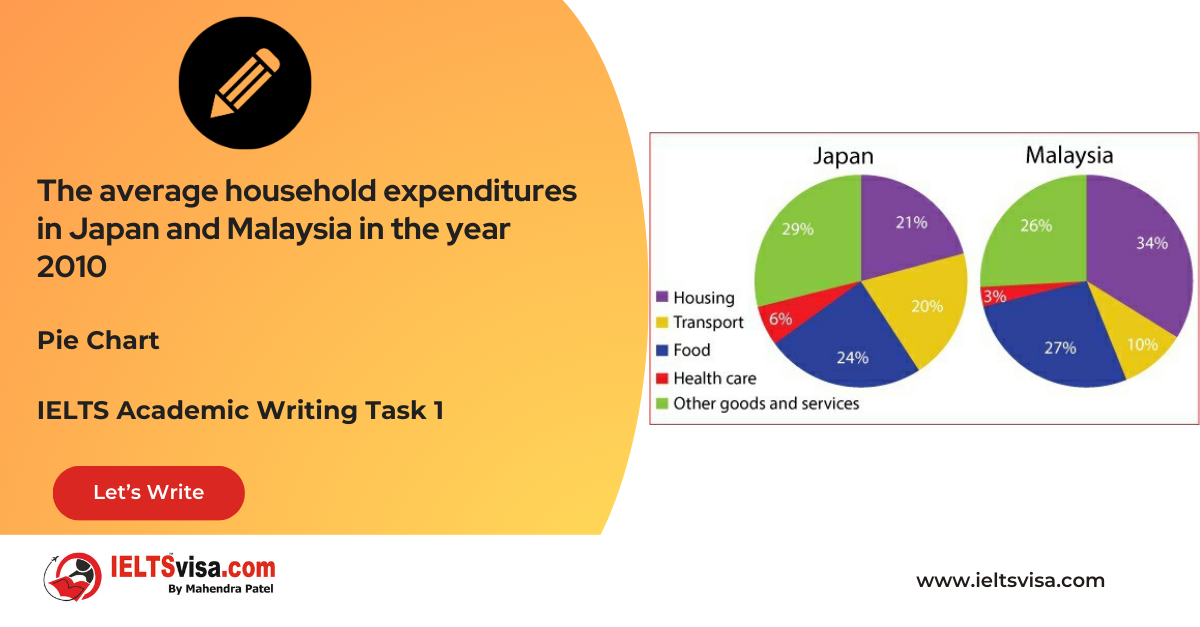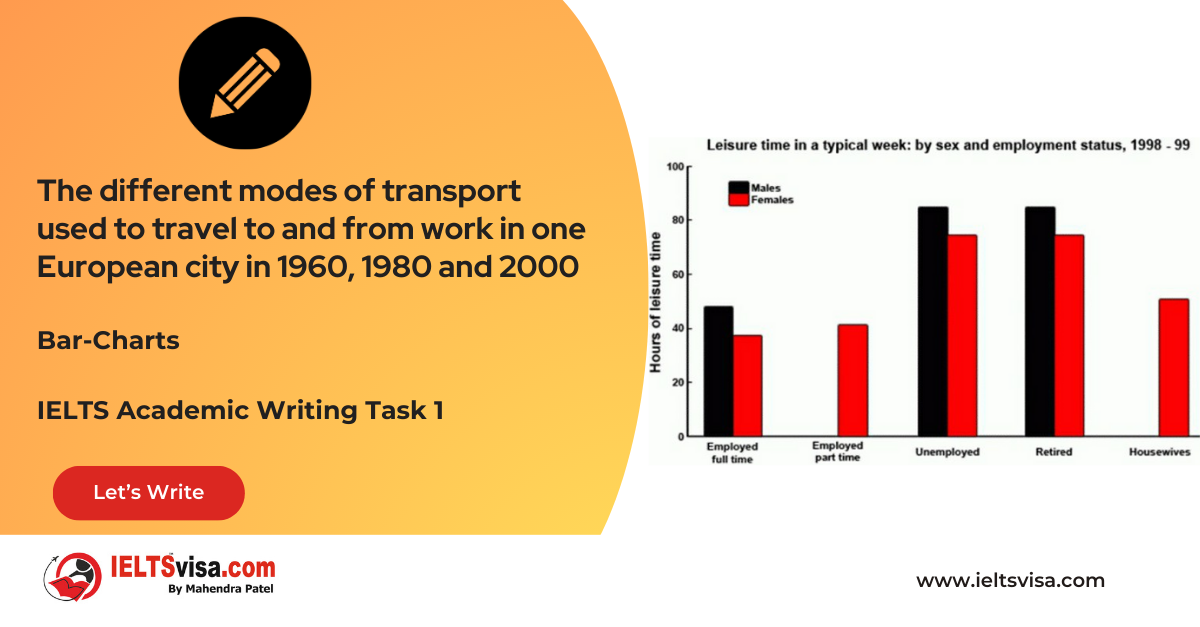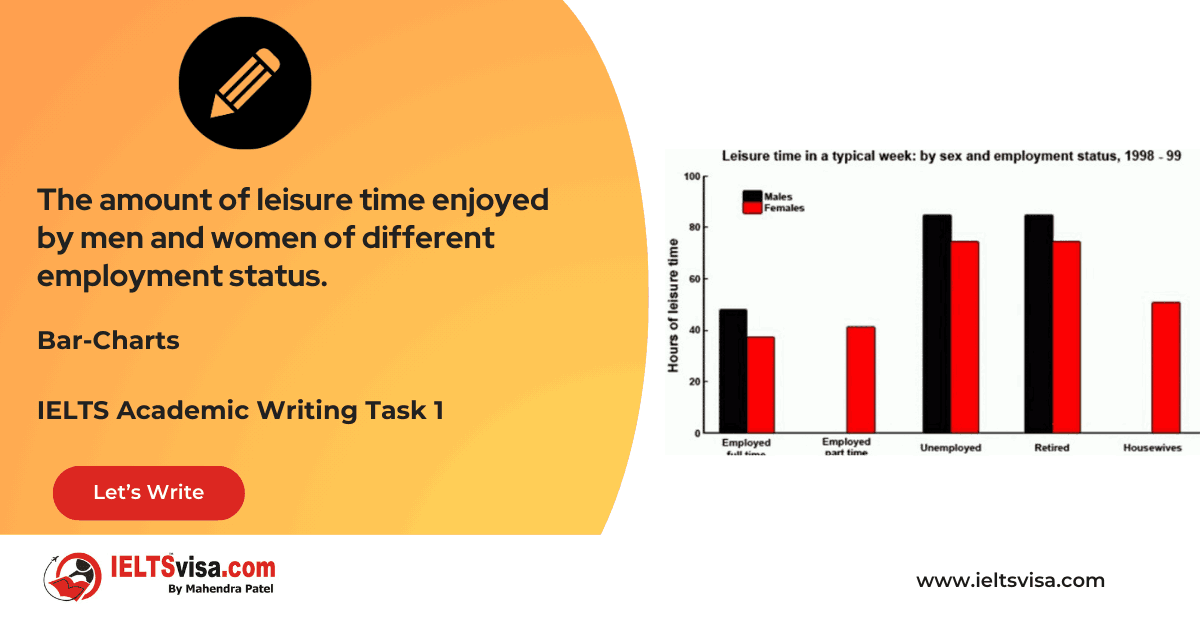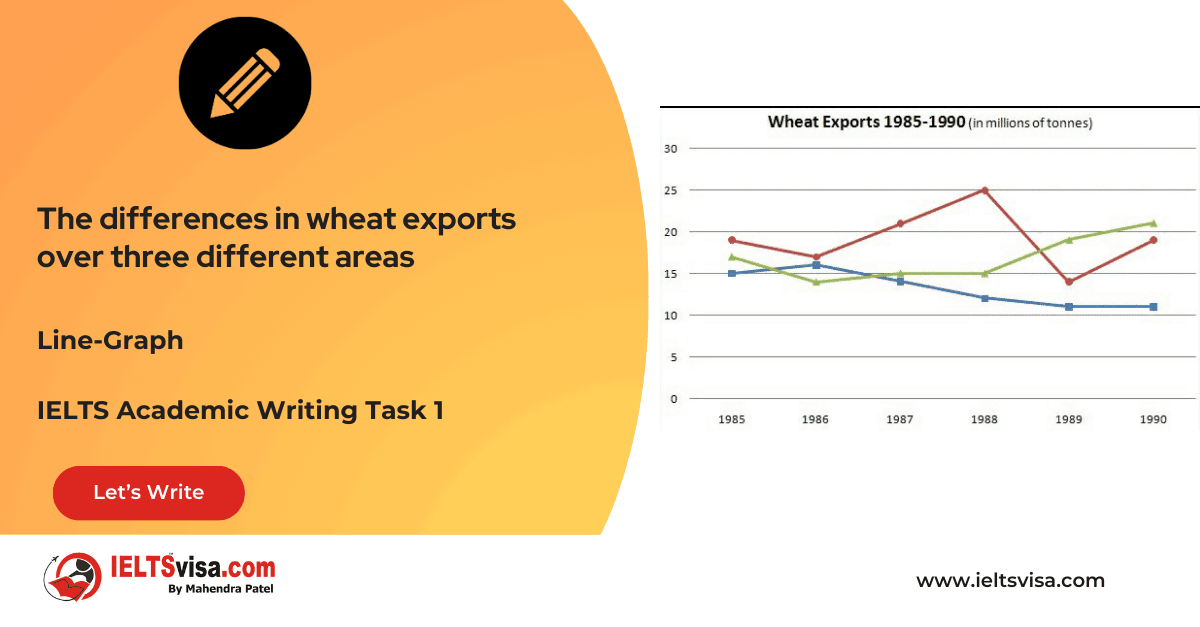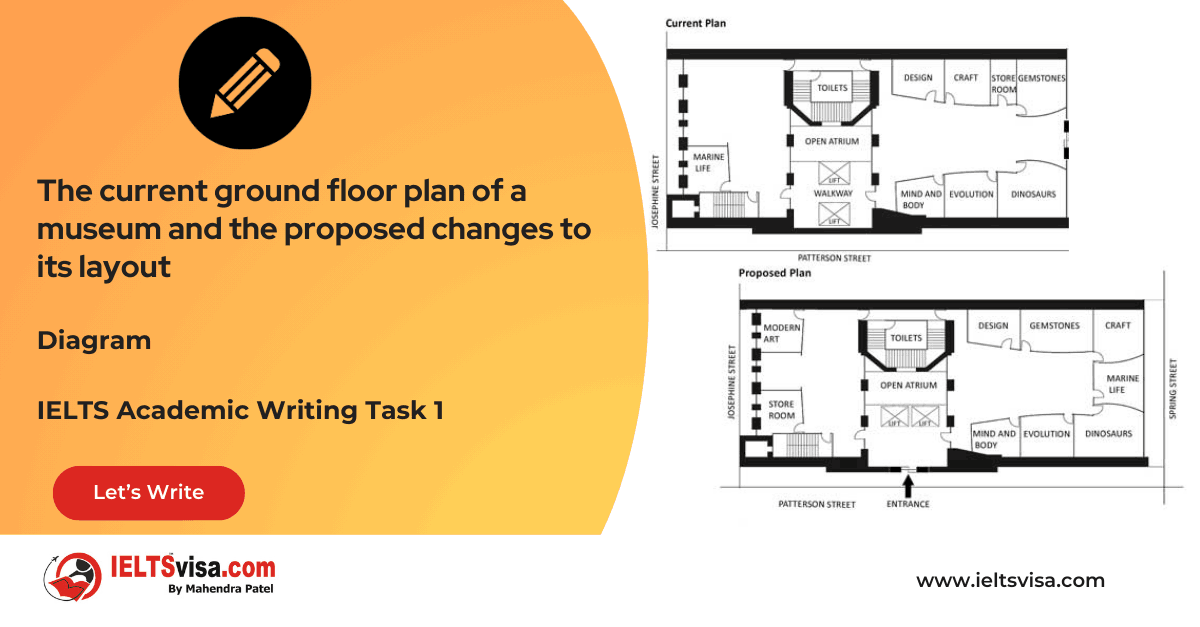Describing the Process Using Passive Voice and Active Voice
ProcessesIELTS Academic Writing Task 1
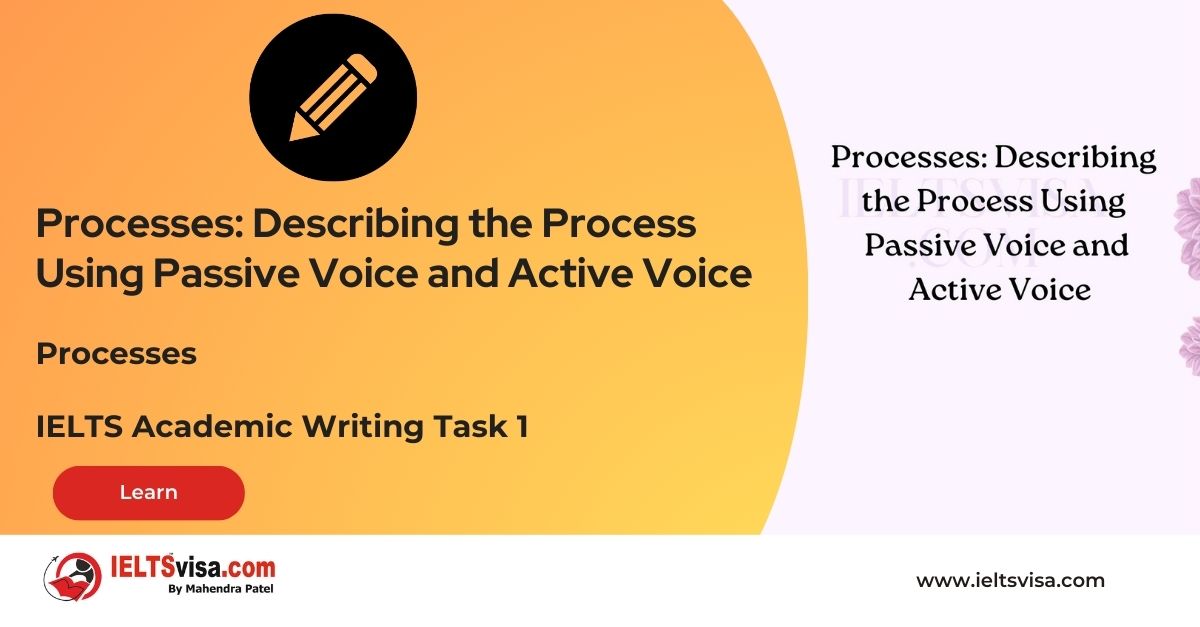
In the IELTS Academic Writing Task 1, candidates often encounter diagrams or flowcharts representing processes. Describing these processes accurately is key to achieving a high score.
One important aspect of describing processes effectively is understanding how to use passive and active voices.
In this article, we will explore passive and active voice use when describing processes, along with examples and sample answers.
1. Passive Voice:
Passive voice is commonly used in task 1 when the emphasis is on the object or the result of the action rather than the doer of the action. It can be used to highlight the process itself rather than the specific individuals or entities involved.
Here’s an example:
Example: The Water Purification Process Stage 1:
Raw water is drawn from the source and directed to the treatment facility through an intake pipe.
In this stage, the passive voice “is drawn” and “is directed” emphasizes the action of the water being moved rather than who or what is doing the action.
2. Active Voice:
Active voice is used when the focus is on the doer of the action or when it is important to specify who or what is performing the action. It provides a more direct and concise way of describing the process. Consider the following example:
Example: The Production of Paper Stage 1:
Workers soak wood chips in water to soften them.
In this stage, the active voice “workers soak” clearly indicates who is performing the action and directly describes the process.
3. Combined Use of Passive and Active Voice:
In some cases, a combination of passive and active voice may be used to provide a comprehensive description of the process. This allows for variation and adds depth to your writing.
Let’s look at an example:
Example: The Manufacturing of Cars Stage 1:
Steel sheets are cut into specific shapes using computer-controlled machines, and the pieces are assembled by workers on the assembly line.
In this stage, the passive voice “steel sheets are cut” emphasizes the action itself, while the active voice “workers assemble” highlights the role of the individuals involved in the process.
Sample Answer:
The given diagram illustrates the process of chocolate production. The process comprises four main stages, each described using passive and active voice as appropriate.
In the first stage, cocoa beans are harvested from the trees and collected in baskets by farmers. This stage uses the passive voice to emphasize the action of gathering the beans.
Moving on to the second stage, the beans are roasted at high temperatures to develop their flavours. In this stage, the active voice highlights the roasting action.
The third stage involves grinding the roasted beans into a paste. This action is described using the active voice, indicating the direct involvement of the workers in the grinding process.
Finally, in the fourth and last stage, the paste is moulded into chocolate bars and packaged for distribution.
Here, the passive voice shifts the focus onto the moulding and packaging actions.
A comprehensive overview of the chocolate production process is provided by employing both passive and active voice in the description, ensuring clarity and accuracy.
In conclusion, understanding when to use passive and active voices is crucial in effectively describing processes in IELTS Academic Writing Task 1. The choice of voice depends on the emphasis you want to place and the information you want to convey.
Practice using both voices to enhance your descriptive skills and create well-rounded responses.








Our Books
Master IELTS Speaking Part 1
IELTS Writing Task 1 Book
IELTS Writing Task 2 Book
Practice IELTS Other Modules
IELTS Listening
The IELTS Listening test assesses how well you can understand spoken English in various contexts. It lasts about 30 minutes and is divided into four sections with a total of 40 questions. The listening tasks become increasingly difficult as the test progresses.
IELTS Academic Reading
The IELTS Academic Reading section assesses your ability to understand and interpret a variety of texts in academic settings. It is designed to evaluate a range of reading skills, including skimming for gist, reading for main ideas, reading for detail, understanding inferences, and recognizing a writer's opinions and arguments.
IELTS Speaking
The IELTS Speaking test assesses your ability to communicate in English on everyday topics. It lasts 11-14 minutes and consists of three parts: introduction, cue card, and a discussion based on the cue card topic.
IELTS General Reading
IELTS General Reading tests your ability to understand and interpret various types of texts. Here are some key areas and types of content you can expect to encounter in the reading section, along with tips for effective preparation.
IELTS Academic Writing Task 1
In IELTS Academic Writing Task 1, you are presented with a visual representation of information, such as graphs, charts, tables, or diagrams, and you are required to summarize, compare, or explain the data in your own words.
IELTS General Writing Task 1
In IELTS General Writing Task 1, you are required to write a letter based on a given situation. The letter can be formal, semi-formal, or informal, depending on the prompt. Here’s a breakdown of the key components to include in your letter
IELTS Academic Writing Task 2
In IELTS Academic Writing Task 2, you are required to write an essay in response to a question or topic. Here’s a guide to help you understand the essential elements of this task
IELTS Exam Tips
To succeed in the IELTS exam, practice regularly, familiarize yourself with the test format, improve your vocabulary, develop time management skills, and take mock tests to build confidence.
Grammer for IELTS
Grammar is the foundation of effective communication in English. Understanding tense usage, subject-verb agreement, and sentence structure enhances clarity and coherence in writing and speaking.
Vocabulary for IELTS
Vocabulary plays a crucial role in the IELTS (International English Language Testing System) exam, especially in the Speaking and Writing sections. Here’s an overview of why vocabulary is important and how it impacts your performance
RECENT IELTS SAMPLES QUESTIONS AND ANSWERS
Task 1 – Diagram – Comparison of Stone Tool Development Over Time
20:00 Start Pause Stop [df_adh_heading title_infix="IELTS Writing Task 1 Question" use_divider="on"...
Task 1 – Flow chart -Life Cycle of a Frog
20:00 Start Pause Stop [df_adh_heading title_infix="IELTS Writing Task 1 Question" use_divider="on"...
Task 1 – Flow chart -The process that is used to manufacture bricks for the building industry.
20:00 Start Pause Stop [df_adh_heading title_infix="IELTS Writing Task 1 Question" use_divider="on"...
Task 1 – Map – Changes that took place in Youngsville in New Zealand over a 25 year period from 1980 to 2005.
20:00 Start Pause Stop [df_adh_heading title_infix="IELTS Writing Task 1 Question" use_divider="on"...
Task 1 – Pie Chart – The average household expenditures in Japan and Malaysia in the year 2010
20:00 Start Pause Stop [df_adh_heading title_infix="IELTS Writing Task 1 Question" use_divider="on"...
Task 1 – Bar Graph – The different modes of transport used to travel to and from work in one European city in 1960, 1980 and 2000
20:00 Start Pause Stop [df_adh_heading title_infix="IELTS Writing Task 1 Question" use_divider="on"...
Task 1 – Bar Graph – The amount of leisure time enjoyed by men and women of different employment status
20:00 Start Pause Stop [df_adh_heading title_infix="IELTS Writing Task 1 Question" use_divider="on"...
Task 1 – Line Graph – The differences in wheat exports over three different areas
20:00 Start Pause Stop [df_adh_heading title_infix="IELTS Writing Task 1 Question" use_divider="on"...
Task 1 – Diagram – The current ground floor plan of a museum and the proposed changes to its layout
20:00 Start Pause Stop [df_adh_heading title_infix="IELTS Writing Task 1 Question" use_divider="on"...

